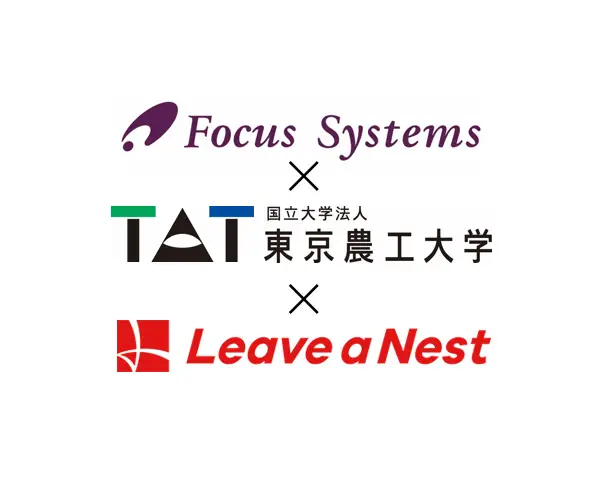Research project status measurement



table of contents
Introduction: Assessing the status of research projects and extracting the true value of research
Our company will conduct joint research with the national university corporation Tokyo University of Agriculture and Technology (hereinafter referred to as ``Tokyo University of Agriculture and Technology'') and Leave a Nest Co., Ltd. (hereinafter referred to as ``Leave a Nest'') to develop a method to quantitatively measure the progress of research projects. .
Anticipating that the need for companies to obtain ISO certification *¹ in order to gain international competitiveness will increase in the future, this research aims to be recommended as an evaluation model for the "ISO56000" series *² .
(*¹) Abbreviation for international organization for standardization. An international standard established by ISO to ensure that the same quality and level of products and services can be provided around the world in order to facilitate international transactions.
(*²) An international standard that provides basic guidance, requirements, and actions for management systems for existing organizations to promote innovation.
Background: Difficulties in managing research projects
In today's world, where all things and concepts are becoming commoditized *³ and international competition is becoming even more intense, creating an environment that fosters innovation in corporate management has become an urgent issue regardless of industry.
In recent years, ``collaboration between existing companies and start-up companies'' has become active in order to encourage open innovation, and methods of gaining competitiveness are becoming more diverse. However, managing research projects involving multiple stakeholders is not easy. In the field of research and development, there are often cases where projects fail for some reason and the invested funds and time cannot be recovered, and these can be said to be challenges associated with innovation and challenge.
(*³) The market value of products and services that had high added value at the time of market entry decreases and they become commonplace.
Content:Development of quantitative condition diagnosis method for research projects
Studies on the evaluation of research projects have been attempted in the past, but most of them have been based on subjective analysis. In this research, we will attempt to build a system that visualizes the status of research projects.
For each of the three parties, Tokyo University of Agriculture and Technology will be responsible for data analysis technology, Leave a Nest will be responsible for collecting cases and analysis data, and our company will be responsible for visualizing the analysis data.
Based on the results of this research, we plan to continue considering commercialization and services.
Expectations: To save researchers, save research, and create a society where the true value of research is demonstrated.
Through this research, the status of all research projects can be visualized and the basis for requesting additional investment, etc. can be objectively shown, which can lead to saving researchers and research.
By demonstrating the true value of various types of research, we hope to contribute to creating a more prosperous society.
About Professor Hideki Hayashida
He is a professor at the Department of Industrial Technology, Graduate School of Engineering, Tokyo University of Agriculture and Technology, and has worked for companies in the chemical field in Japan and Europe for over 30 years. In addition to managing divisions in the electronic materials field and managing numerous new materials and new business development projects, I am also involved in the development of new products and new businesses in the field.
Based on the R&D knowledge cultivated in companies, he has made outstanding achievements in research on R&D project management, including receiving the International P2M Society's Academic Encouragement Award in 2016 and the Japan Society of Production Management Award in 2017.
In recent years, as a corporate venture capital firm, we have been working hard to create new businesses through venture investment and new business development projects through investment.
About Professor Hideki Hayashida's laboratoryhere
*The names of our products and services posted on this page are trademarks or registered trademarks of our company. Other company names, product names, service names, etc. are trade names, trademarks, or registered trademarks of each company.
Achievements left behind
48 years since its establishment.
We have a proven track record because we have focused on what is important.
It has a long track record in both the public and private sectors.
Number of projects per year
500 PJ
Annual number of business partners/customers
200 companies
Maximum number of trading years
47 years
Total number of qualified persons
1,870 people
